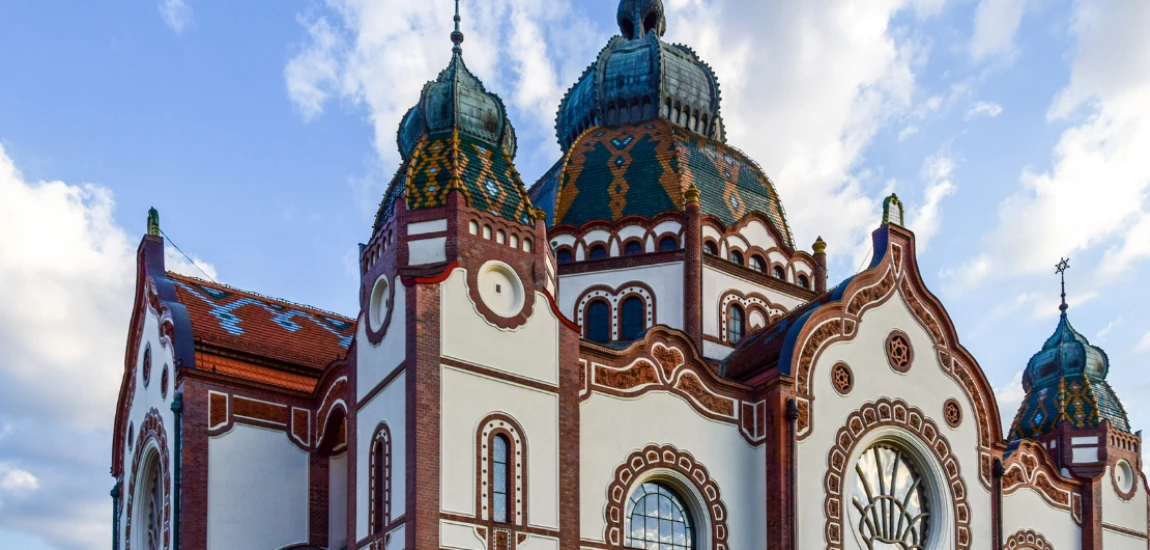Temples That Were Never Meant for Worship

When you see a temple’s sweeping rooflines, ornate columns, and intricate carvings, it’s natural to assume you’ve stumbled upon a sacred place. Temples often conjure images of incense, chanting, and quiet reverence. But here’s the twist: not every “temple” you encounter was built for worship.
Across the world, some of the most breathtaking examples of spiritual architecture were actually designed for politics, science, entertainment, or even vanity. These buildings borrow the language of sacred design—grand entrances, symbolic geometry, celestial alignments—but their true purposes are far from religious.
In this article, we’ll explore temples that were never meant for worship, from ancient wonders to modern architectural curiosities, and unpack the fascinating reasons why their creators borrowed from the spiritual playbook.
The Temple of the Tooth… That Isn’t About the Tooth
In the Sri Lankan city of Kandy, there’s a site that draws thousands of visitors each year: the temple of the tooth. Most assume it’s solely a sacred Buddhist shrine housing a relic of the Buddha’s tooth. But the original complex had multiple layers of purpose—part religious, part political.
While the relic gave the temple its name, its greater significance was as a symbol of royal legitimacy. Possession of the tooth relic was historically linked to the right to rule Sri Lanka. The temple was intentionally built with the imposing grandeur of a holy site to give it an aura of divine authority, but in practice, it served as a political power center.
In other words, it was less about quiet devotion and more about controlling the narrative of who held the divine right to lead the kingdom. Visitors today can admire the incredible craftsmanship—golden roofs, moonstone carvings, and intricate murals—without realizing they’re walking through a stage set for political theater as much as spiritual ritual.

The Temple of Music at the 1901 Pan-American Exposition
Buffalo, New York, isn’t exactly the first place you think of when you imagine temple architecture. Yet, during the 1901 Pan-American Exposition, a spectacular “temple of music” rose in the fairgrounds—a soaring Beaux-Arts building crowned with a massive dome, designed to look like a spiritual sanctuary.
But instead of prayer services, the Temple of Music hosted grand concerts, lectures, and social gatherings. The design borrowed from European cathedrals, deliberately evoking awe to elevate the cultural experience. Sadly, it’s remembered today for a tragic event: it was the site where President William McKinley was assassinated.
Though temporary and later dismantled, the Temple of Music is a prime example of how the emotional power of sacred-style architecture can be repurposed for purely secular (and sometimes unintended) purposes.

The Temple of Heaven in Beijing: A Ritual Stage, Not a Congregation Hall
The Temple of Heaven in Beijing is one of China’s most iconic landmarks, instantly recognizable for its three-tiered, circular Hall of Prayer for Good Harvests. Tourists often mistake it for a functioning temple in the religious sense, but it was never intended for daily worship or public gatherings.
Built in the early 15th century, this was a place for imperial ceremonies—specifically, the emperor’s private prayers for a bountiful harvest. The emperor, regarded as the “Son of Heaven,” would perform elaborate seasonal rites here, but ordinary citizens were never allowed inside.
Everything about the architecture—from its perfect alignment with cardinal directions to the symbolic numerology of its pillars—was designed to connect heaven and earth in a performative sense, reinforcing the emperor’s cosmic authority. This was sacred space as political theater, not a communal place of worship.

The Parthenon: More Treasury than Temple
Athens’ Parthenon is often described as the ultimate Greek temple, dedicated to the goddess Athena. But here’s the lesser-known fact: it functioned as much more of a treasury than a place of religious devotion.
The colossal chryselephantine (gold and ivory) statue of Athena was certainly meant to inspire awe, but the Parthenon also stored the city’s wealth—tribute payments, precious metals, and other valuables. The grand façade and sacred symbolism served as a constant reminder of Athens’ cultural and military dominance.
In short, while the Parthenon looked every bit the perfect temple, its real job was safeguarding the city’s riches and projecting an image of divine-backed power. Worship was more symbolic than functional.

The Temple of Knowledge in Pondicherry, India
At first glance, the Matrimandir in Auroville, India, looks like a futuristic temple—a massive golden sphere set in manicured gardens, radiating an almost cosmic presence. Visitors often assume it’s a religious structure, but it’s actually the “soul” of Auroville, an experimental township dedicated to human unity.
The Matrimandir isn’t tied to any religion. Inside, there’s no altar, priest, or ceremony—just a pristine white meditation chamber designed for silent concentration. Its architecture draws from spiritual aesthetics, but the intent is philosophical and psychological rather than devotional.
By resembling a temple, it invites the kind of reverence and introspection people associate with sacred spaces—yet it sidesteps formal worship entirely, existing as a neutral sanctuary for the human spirit.

The Temple of Reason, Revolutionary France
During the French Revolution, some churches were stripped of their religious functions and rebranded as “Temples of Reason.” These were part of the radical movement to replace traditional religion with a civic “Cult of Reason,” celebrating logic, liberty, and the Enlightenment.
The most famous example is Notre-Dame Cathedral in Paris, temporarily transformed into such a temple. Altars were removed, religious symbols replaced with representations of philosophy and science, and ceremonies honored abstract ideals instead of deities.
The architecture remained deeply spiritual in style—after all, the buildings were former churches—but their purpose was entirely ideological. It’s a striking example of how existing sacred forms can be repurposed to serve new, non-religious narratives.

Why We Borrow Sacred Styles for Secular Purposes
From ancient treasuries to modern concert halls, sacred architectural styles keep popping up in secular contexts. Why?
Emotional Impact – Humans instinctively respond to grand, symmetrical, and symbolically rich spaces with a sense of awe.
Legitimacy and Authority – Sacred styles can lend moral or cultural weight to a cause, whether political, educational, or artistic.
Cultural Familiarity – Borrowing temple aesthetics taps into a shared visual vocabulary, making a building instantly recognizable as “important.”
Even without rituals or deities, the visual language of temples signals significance. It tells us: Pay attention. This matters.

Tips for Travelers Visiting “Non-Worship” Temples
If you’re intrigued by these sacred-looking spaces with surprising backstories, here’s how to get the most from your visit:
Do Your Homework – Before you go, research the building’s original purpose. The context will completely change how you experience the space.
Look for Symbolic Clues – Even secular temples often use numbers, colors, and alignments with hidden meanings.
Ask Local Guides – They often know quirky stories and political angles that aren’t in guidebooks.
Visit at Off-Peak Times – To fully appreciate the design, go when the building is quiet—you’ll feel the intended awe, even if it’s not religious.




